I'm experimenting with compensation topologies for inductive WPT systems and have a small confusion. The general WPT industry uses compensation networks to cancel out reactive components in the transmit and reciever side and therefore improve efficiency.
What I noticed is that the industry mostly uses Series-Series or Series-Paralell compensation topology.
I did some experiments and it doesnt add up.
So here is the picture for Series-Series topology:

In the pictured we see the frequency response at node north of R1 and C2 (or transformer in non compensated mode).
In Series-Series topology we see that the gain at resonance is around 4 dB, but in Series-non compensated at resonance the gain is 9 dB.
Why is it so?
And if somebody has some literature to share on the topologies, feel free to share!

